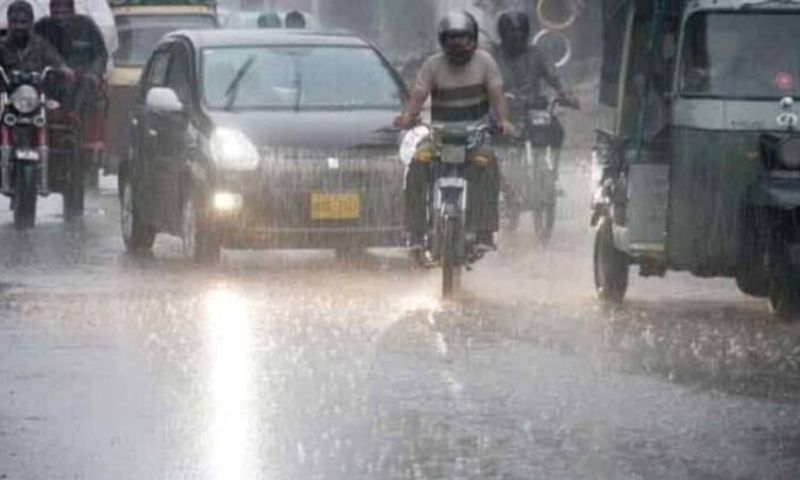ISLAMABAD: Pakistan’s disaster management authority on Saturday issued a nationwide weather alert warning of heavy rains, flash floods, and landslides across multiple areas of the country until August 30.
The National Disaster Management Authority’s (NDMA) National Emergency Operations Centre (NEOC) said that three rain-bearing systems are expected to enter Pakistan over the coming week, heightening risks of urban flooding, hill torrents, and river surges.
According to the NDMA, torrential rains accompanied by strong winds are forecast in Islamabad, Punjab, Khyber Pakhtunkhwa, Azad Kashmir, and Gilgit-Baltistan between 23 and 25 August.
Urban flooding is feared in major cities including Lahore, Faisalabad, Multan, and Gujranwala, while landslides are expected in hilly terrain.
Northeastern Punjab districts such as Rawalpindi, Attock, Sargodha, and Sialkot are among the high-risk areas.
Khyber Pakhtunkhwa is likely to experience heavy rainfall between 23 and 27 August, with flash floods anticipated in rivers and streams.
Districts including Chitral, Swat, Mansehra, Abbottabad, and Peshawar face a heightened threat of flooding and landslides.
In Azad Kashmir, rains may trigger landslides and flooding in Muzaffarabad, Rawalakot, and Mirpur.
The NDMA added that Gilgit-Baltistan is also expected to be hit by intense rainfall from 23 to 27 August, disrupting road connectivity in mountainous regions.
From 27 to 30 August, coastal Sindh districts, including Karachi, Thatta, Sujawal, Badin, and Tharparkar, are forecast to receive heavy downpours.
Interior Sindh, covering Hyderabad, Sukkur, Larkana, and Jacobabad, is also expected to be affected. In Balochistan, rains and strong winds are predicted in Gwadar, Turbat, Khuzdar, Lasbela, and Panjgur, with intermittent showers in Quetta, Zhob, and surrounding areas.
Meanwhile, the Flood Forecasting Division reported that the Indus River is already in high flood at Guddu Barrage, where inflow has reached 513,600 cusecs with an outflow of 481,400 cusecs.
The river is in medium flood at Sukkur Barrage with 422,000 cusecs inflow, while lower flood levels are recorded at Kotri Barrage.
Reservoirs are also nearing capacity, with Tarbela Dam reported at 99.2 percent and Mangla Dam at over 75 percent of their respective conservation levels.
Authorities warned that heavy rains could further swell the Indus, Ravi, and Chenab rivers, posing risks to adjoining low-lying areas.
“All relevant institutions are on high alert to manage potential emergencies,” the NDMA said, urging the public to remain vigilant and adopt safety measures.
Tourists have been advised to avoid travel to northern areas due to the threat of landslides and flash floods.

























